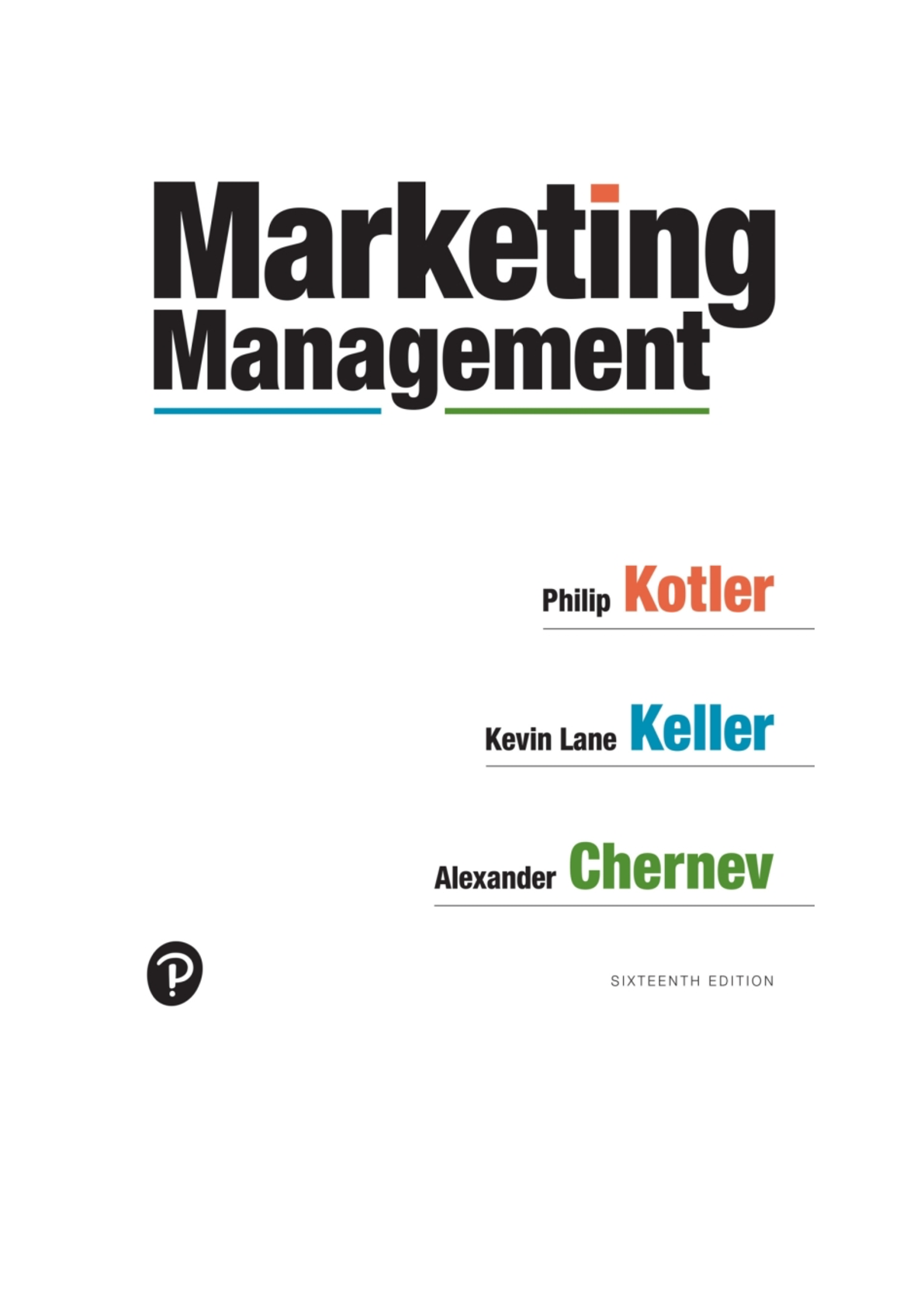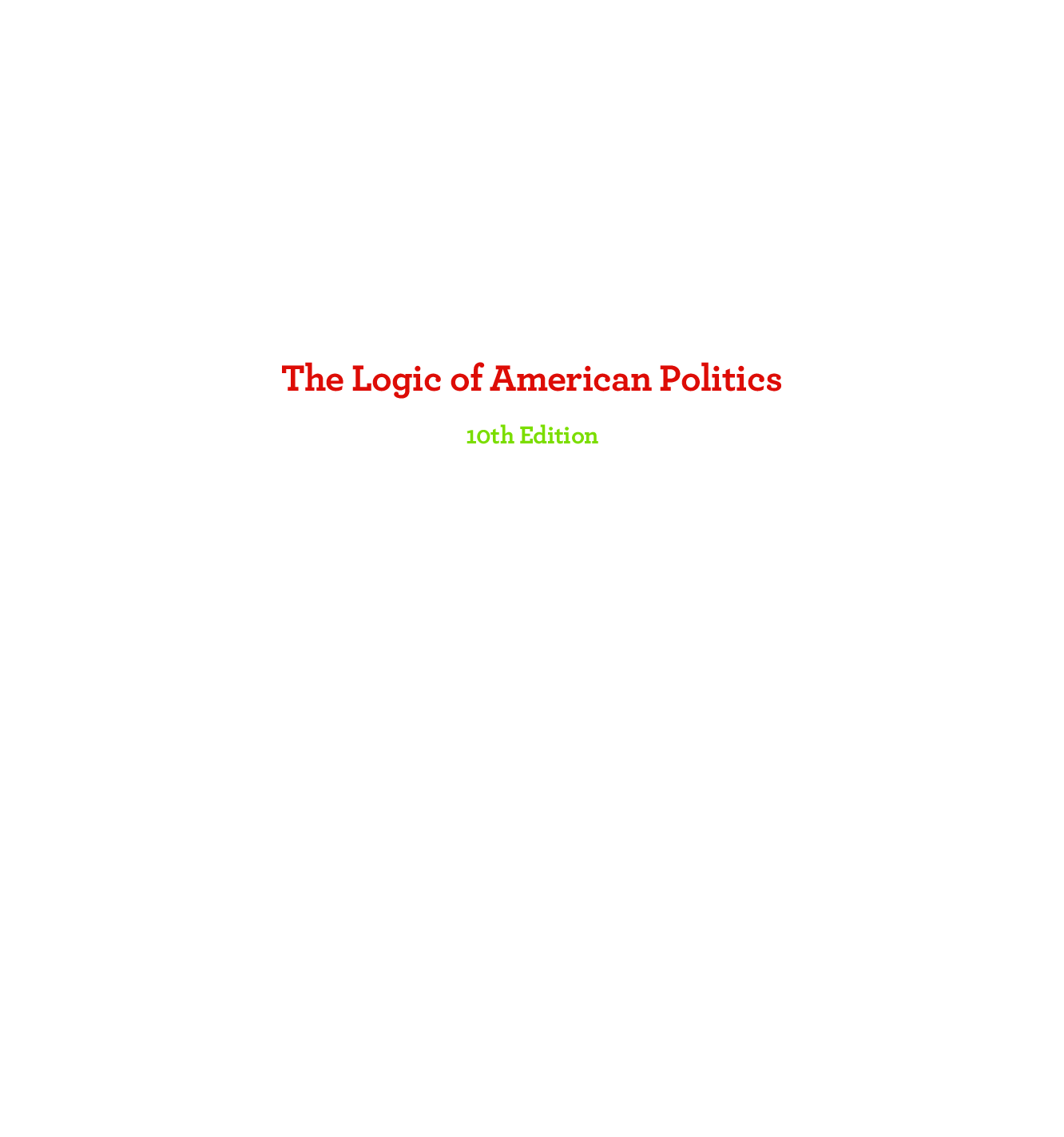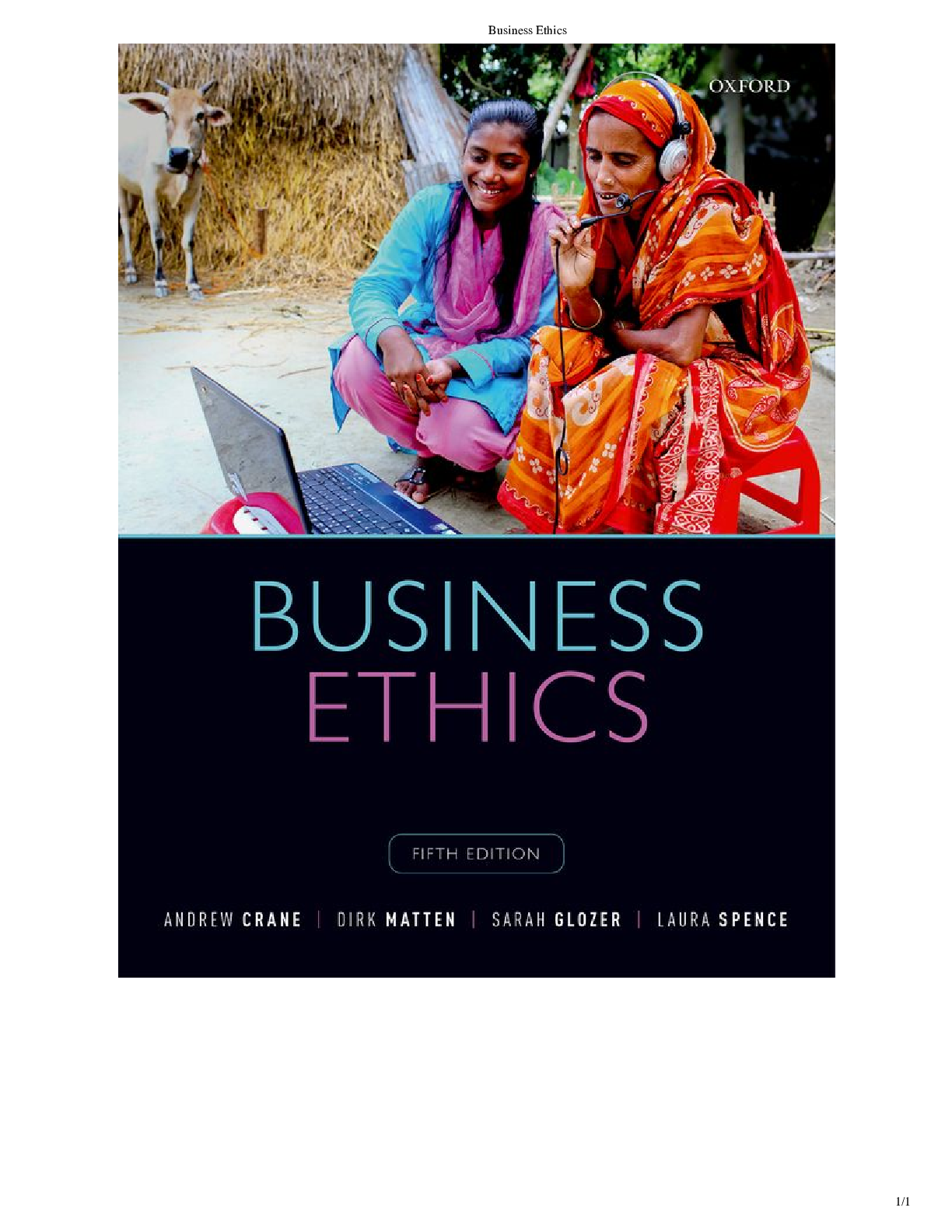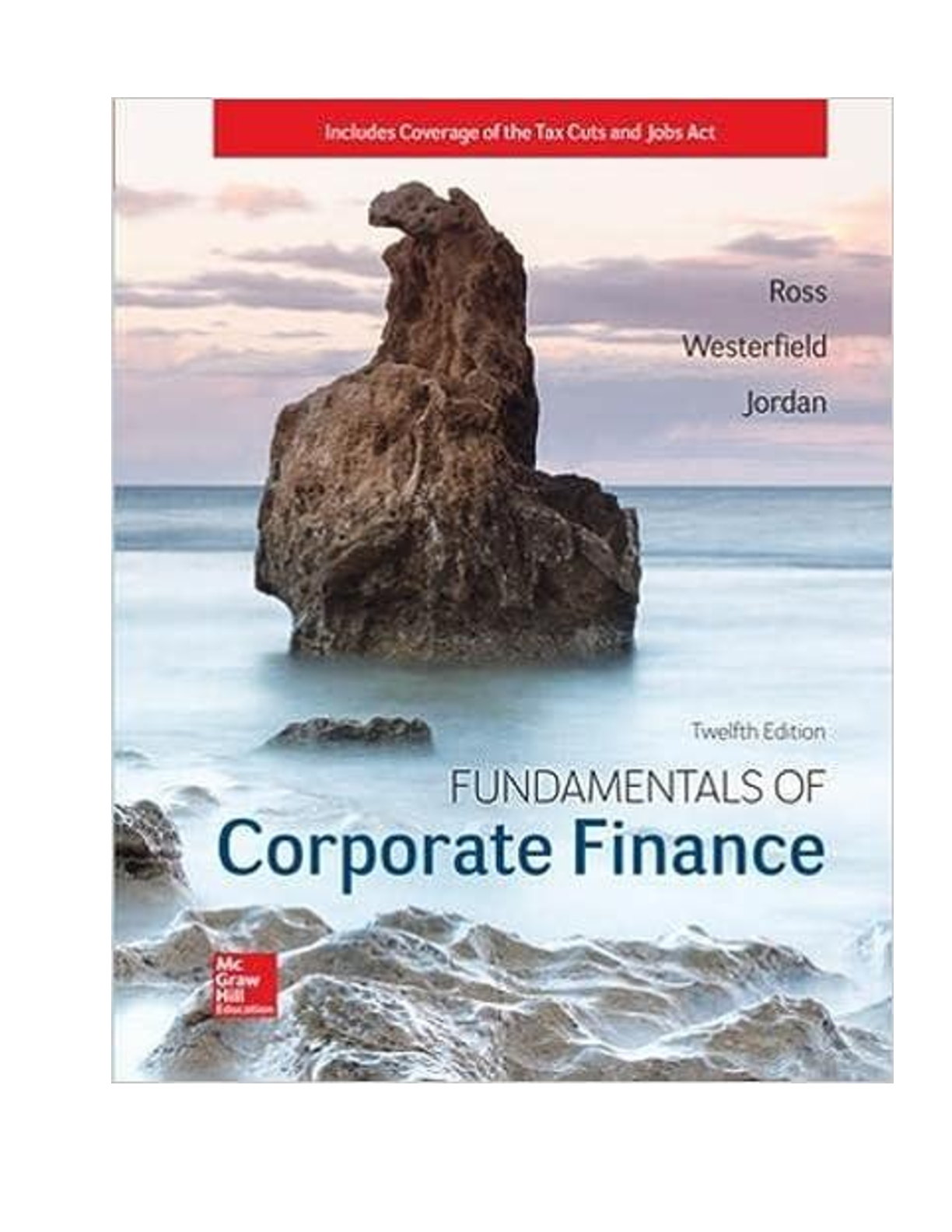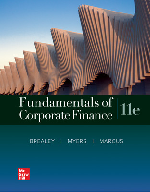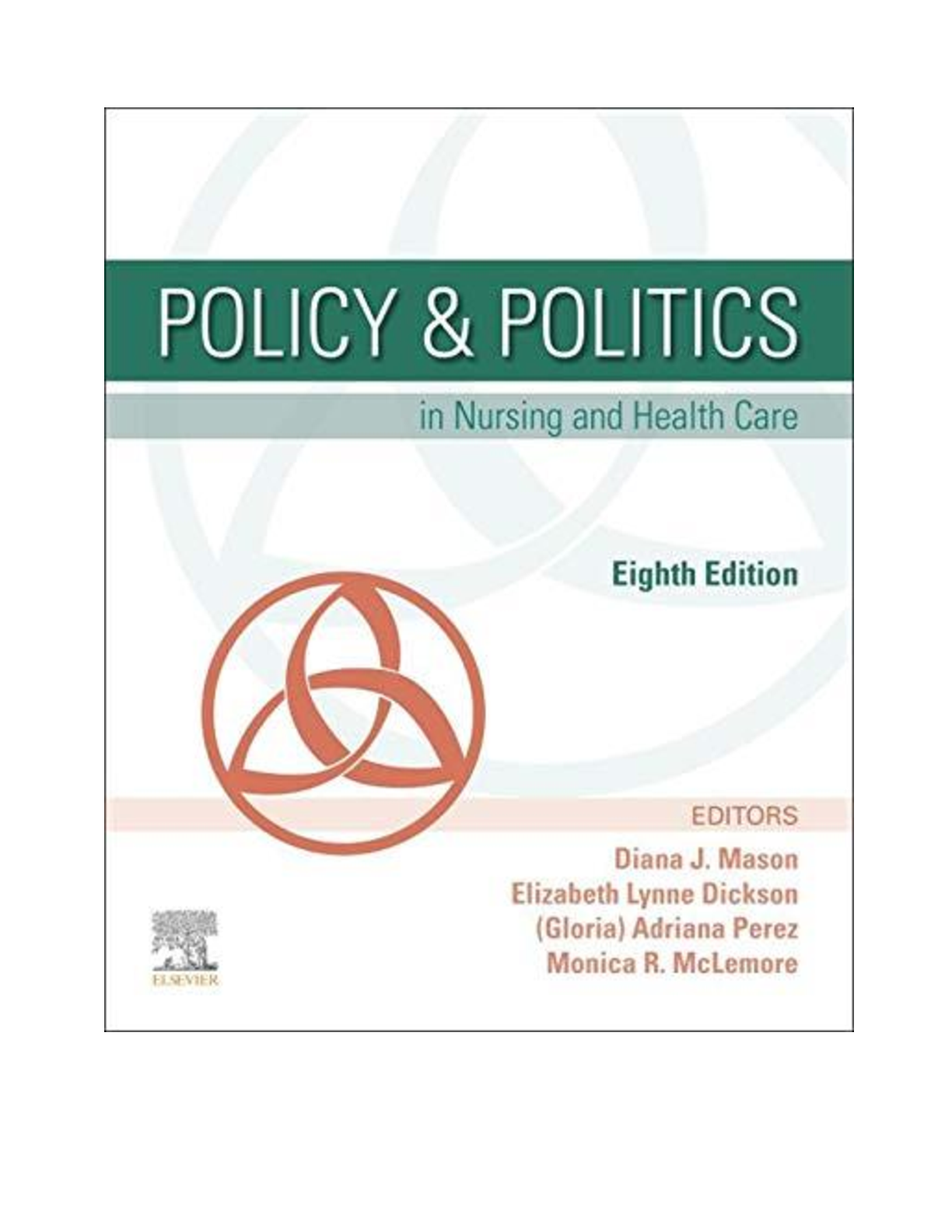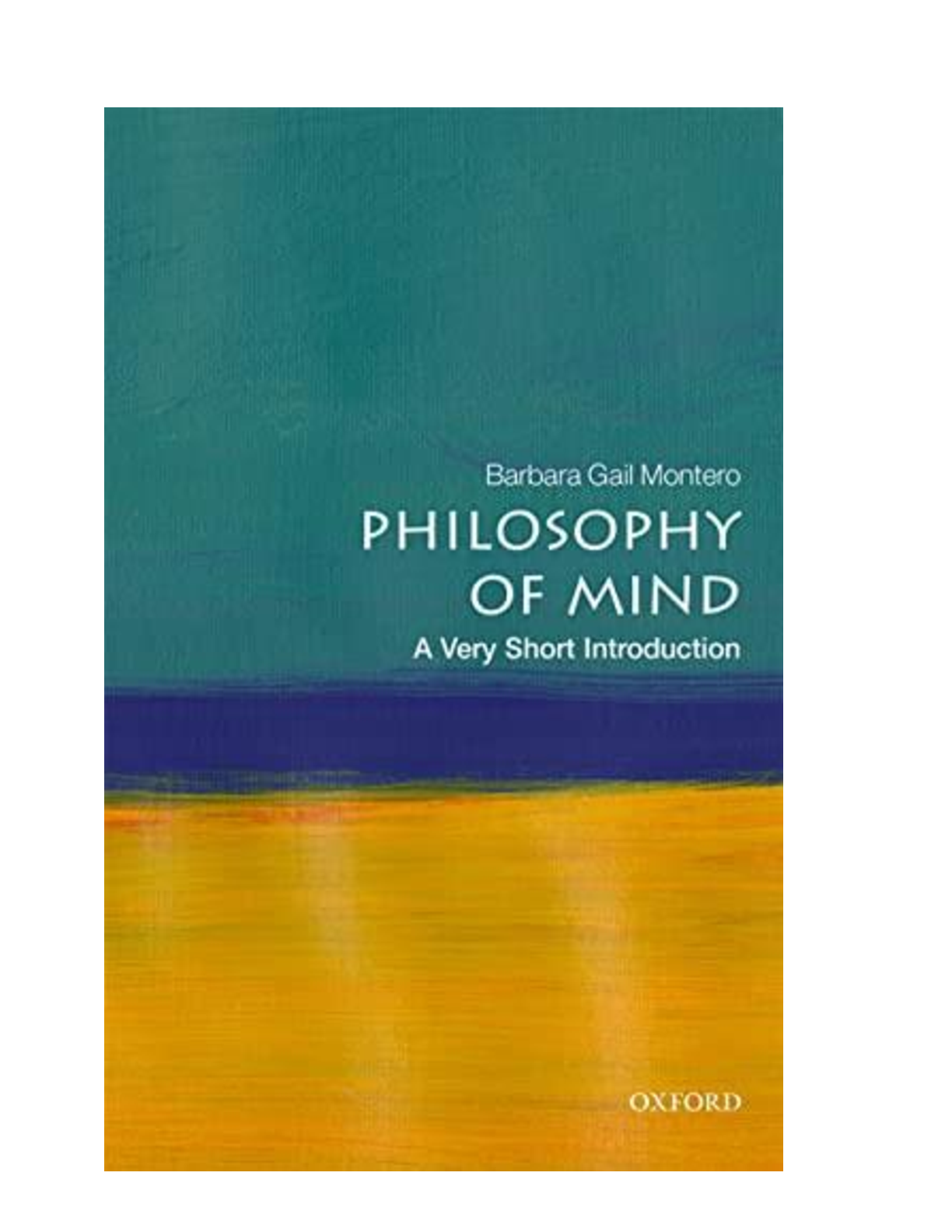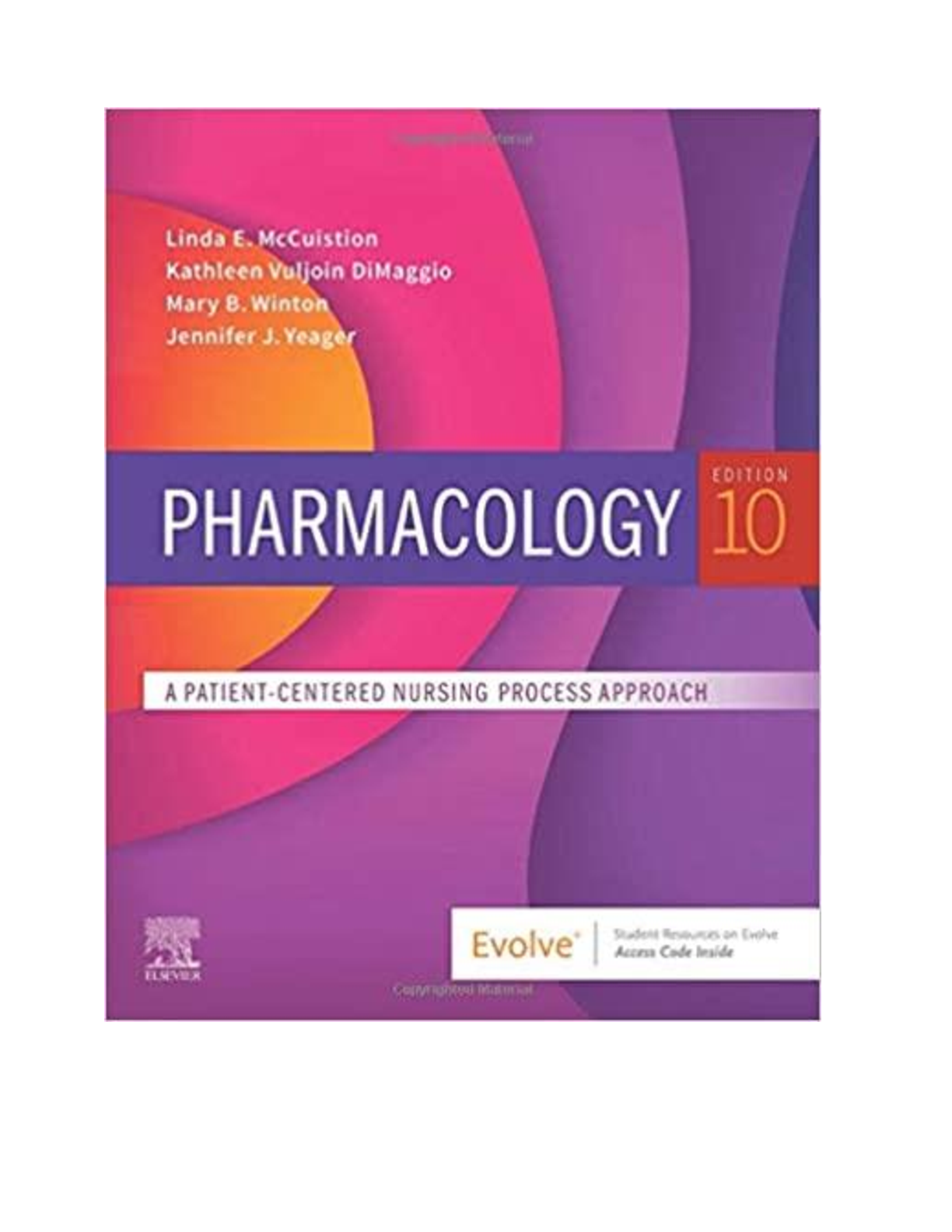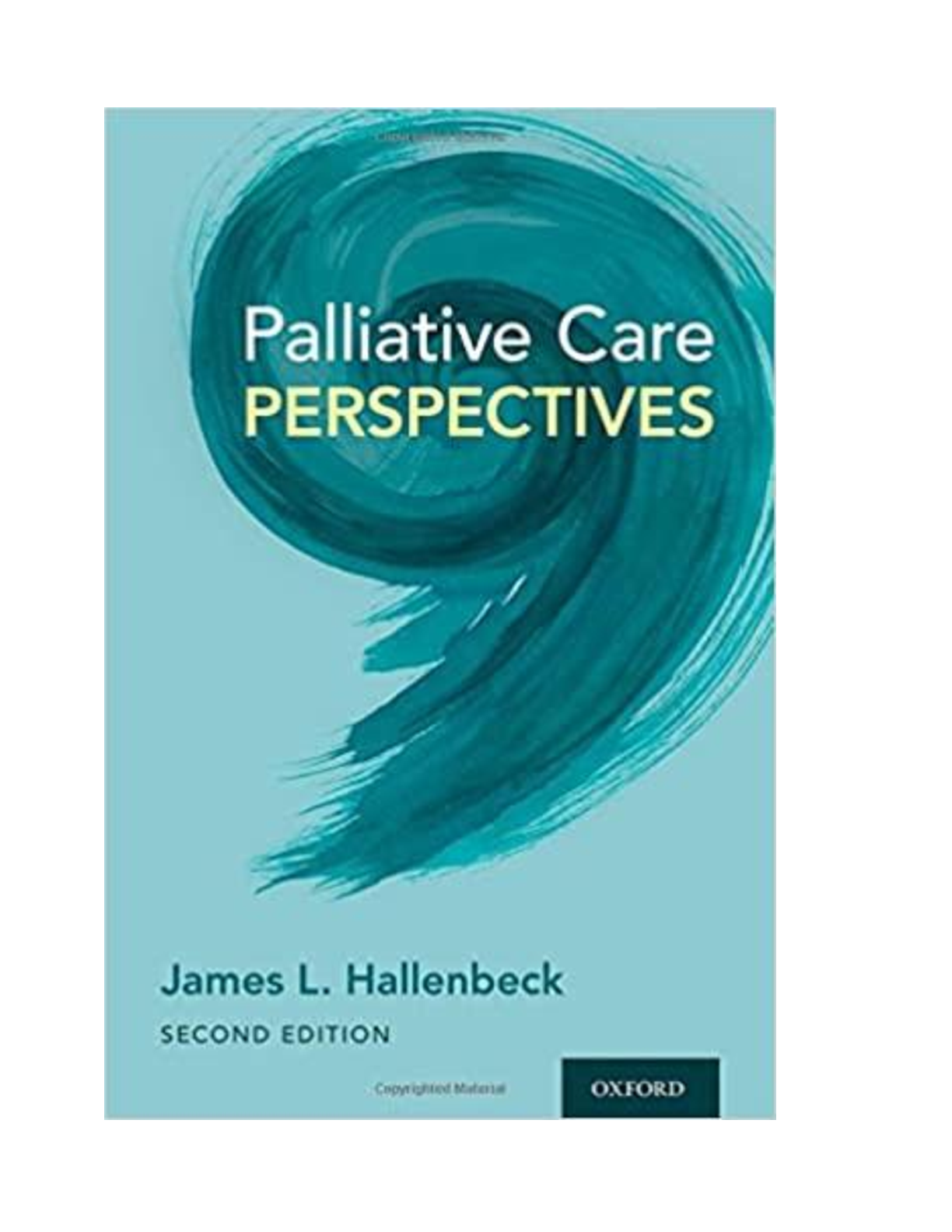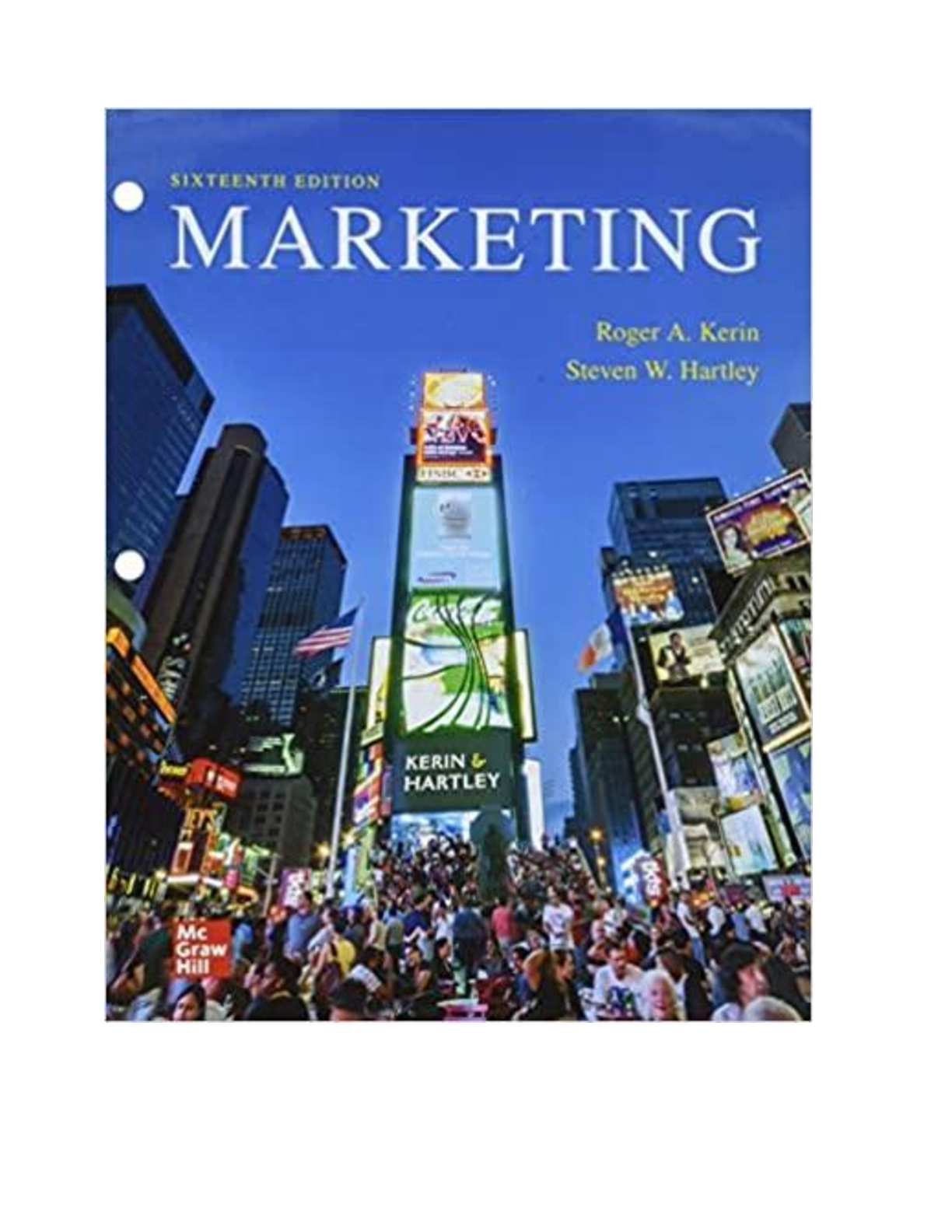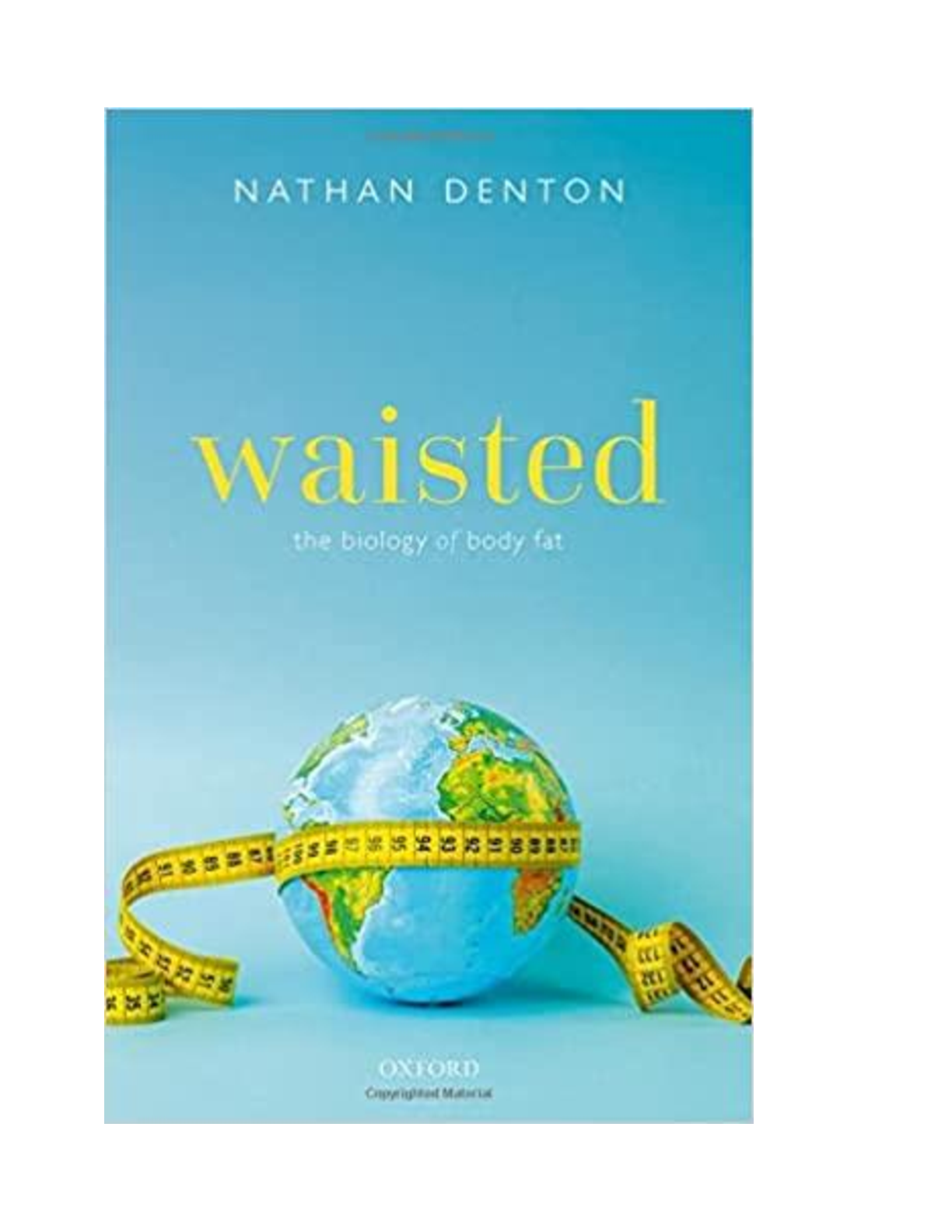Political Science > eBook-PDF > [Ebook] [PDF] The Logic of American Politics 10th Edition Samuel Kernell (All)
[Ebook] [PDF] The Logic of American Politics 10th Edition Samuel Kernell
Document Content and Description Below
Ebook PDF Textbook for The Logic of American Politics 10e 10th Edition by Samuel Kernell, Gary C. Jacobson , Thad Kousser ISBN-13: 9781071815977 Chapter 1 • The Logic of American Politics The I... mportance of Institutional Design Constitutions and Governments Authority versus Power Institutional Durability The Political System’s Logic Collective Action Problems Coordination The Prisoner’s Dilemma The Costs of Collective Action Transaction Costs Conformity Costs Representative Government The Work of Government Conclusion: Collective Action and America’s Constitution Key Terms Suggested Readings Review Questions Part I The Nationalization of Politics Chapter 2 • The Constitution The Road to Independence A Legacy of Self-Governance Dismantling Home Rule The Continental Congresses The Declaration of Independence America’s First Constitution: The Articles of Confederation The Confederation at War The Confederation’s Troubled Peace Drafting a New Constitution Philosophical Influences Getting Down to Business The Virginia and New Jersey Plans Features of the Constitution The Great Compromise Checks and Balances Designing the Executive Branch Designing the Judicial Branch Amending the Constitution Substantive Issues Foreign Policy Interstate Commerce Slavery Women The Fight for Ratification The Federalist and Antifederalist Debate The Influence of The Federalist The Theory Underlying the Constitution Federalist No. 10 Federalist No. 51 Designing Institutions for Collective Action: The Framers’ Tool Kit Command Veto Agenda Control Voting Rules Delegation Assessing the Constitution’s Performance in Today’s American Politics Key Terms Suggested Readings Review Questions Chapter 3 • Federalism American-Style Federalism Evolving Definitions of Federalism Federalism and the Constitution Transformation of the Senate Constitutional Provisions Governing Federalism Interpreting the Constitution’s Provisions The Paths to Nationalization Historic Transfers of Policy to Washington Nationalization—The Solution to States’ Collective Dilemmas Politics to Policy: Free Federal Dollars? No Thanks, I’ll Take Political Currency Instead The Political Logic of Nationalization Strategy and Choice: Maryland Declares Its Political Independence: Partisan Passage of the “Maryland Defense Act” Modern Federalism The National Government’s Advantage in the Courts Preemption Legislation The Carrot: Federal Grants to the States Logic of Politics: States’ Rights Meet Reading, Writing, and ’Rithmetic: The Battle over the Common Core The Stick: Unfunded Mandates Evolving Federalism: A By-product of National Policy Key Terms Suggested Readings Review Questions Chapter 4 • Civil Rights What Are Civil Rights? The Civil Rights of African Americans The Politics of Black Civil Rights The Height of Slavery: 1808–1865 Reconstruction: 1865–1877 Strategy and Choice: The Emancipation Proclamation The Jim Crow Era and Segregation: 1877–1933 Democratic Party Sponsorship of Civil Rights: 1933–1940s Emergence of a Civil Rights Coalition: 1940s–1950s The Civil Rights Movement: 1960s Politics to Policy: The 1964 Civil Rights Act and Integration of Public Schools Current Civil Rights Policy The Legacy of the Civil Rights Movement Equal Rights for Women: The Right to Vote Women’s Rights in the Modern Era Rights for Hispanic People LGBTQ+ Rights Challenging Tyranny Key Terms Suggested Readings Review Questions Chapter 5 • Civil Liberties Nationalization of Civil Liberties The Bill of Rights Checks Majority Rule Writing Rights and Liberties into the Constitution The First Ten Amendments Incorporation via the Fourteenth Amendment Judicial Interpretation Major versus Peripheral Rights Freedom of Speech Political Protest and Violence Disturbing Speech Sexually Explicit Expression Politics to Policy: Corporate Free Speech Freedom of the Press Freedom of Religion Establishment School Prayer and Bible Reading Free Exercise Gun Rights Legislative Action and the Second Amendment Criminal Rights Fourth Amendment: Illegal Searches and Seizures Fifth Amendment: Self-Incrimination Sixth Amendment: Right to Impartial Jury and Right to Counsel Eighth Amendment: “Cruel and Unusual” Punishment Privacy Childbearing Choices Privacy on the Internet Civil Liberties as Public Policy Key Terms Suggested Readings Review Questions Part II The Institutions of Government Chapter 6 • Congress Congress in the Constitution Powers of Congress The Electoral System Congressional Districts Strategy and Choice: The Republican Gerrymander in 2012 Unequal Representation in the Senate Congress and Electoral Politics Candidate-Centered versus Party-Centered Electoral Politics National Politics in Congressional Elections Representation versus Responsibility Who Serves in Congress? Basic Problems of Legislative Organization Need for Information Coordination Problems Resolving Conflicts Collective Action Transaction Costs Time Pressures Organizing Congress The Parties Increased Partisanship The Committee Systems Congressional Staff and Support Groups Making Laws Introducing Legislation Assignment to Committee Hearings Reporting a Bill Scheduling Debate Debate and Amendment Logic of Politics: The Origin and Evolution of the Senate Filibuster The Vote Reconciling Differences To the President A Bias against Action Evaluating Congress Key Terms Suggested Readings Review Questions Chapter 7 • The Presidency The Historical Presidency The Era of Cabinet Government Strategy and Choice: Lincoln and His Cabinet Parties and Elections The Modern Presidency Modern Presidents as Problem Solvers Divided Party Control of Government The President as Commander in Chief and Head of State The Commander in Chief Head of State The President as Chief Executive Authority via Delegation Unilateral Authority Emergency Powers Budgeting The President as Legislator The Veto Going Public The Institutional Presidency Conclusion Key Terms Suggested Readings Review Questions Chapter 8 • The Bureaucracy The Development of the Federal Bureaucracy Modest Beginnings: The Dilemma of Delegation The Federalist Years: A Reliance on Respectability Democratization of the Civil Service: The Spoils System Civil Service Reform An Expanding Government The Cabinet Noncabinet Agencies Bureaucracy in Action Logic of Politics: The Deep State Writes an Op-Ed Bureaucratic Culture and Autonomy Politics to Policy: Can You Just Get Rid of Bureaucracy? The “Abolish ICE” Movement Bureaucrats as Politicians Bureaucratic Infighting Who Controls the Bureaucracy? Methods of Congressional Control The President and the Bureaucracy The Courts and the Bureaucracy Iron Triangles, Captured Agencies, and Issue Networks Strategy and Choice: A Fight with a Bureaucrat Goes Global Bureaucratic Reform: A Hardy Perennial The Logic of Red Tape The Bureaucratic Reward System Key Terms Suggested Readings Review Questions Chapter 9 • The Federal Judiciary Setting the Stage for Judicial Review Three Eras of the Court’s Judicial Review Nation versus State Regulating the National Economy The Rise of Civil Rights and Civil Liberties A Fourth Era? Reasserting Judicial Review and a Return to States’ Rights The Structure of the Federal Judiciary Jurisdiction of the Federal Courts The Supreme Court’s Delegation The Limits of Internal Control Judicial Decision-Making Selecting Cases Doctrine: Policymaking by the Court Deciding Doctrine Politics to Policy: Judicial Activism The Supreme Court’s Place in the Separation of Powers Absence of Judicial Enforcement Constitutional and Statutory Control Judicial Recruitment Does a Politicized Judiciary Alter Separation of Powers? Key Terms Suggested Readings Review Questions Part III The Public’s Influence on National Policy Chapter 10 • Public Opinion What Is Public Opinion? Measuring Public Opinion The Origins of Public Opinion Attitudes Ideologies Partisanship Acquiring Opinions Information Framing Strategy and Choice: Framing Joe Biden, Hillary Clinton, Ted Cruz, and Marco Rubio Is Public Opinion Meaningful? Stability of Aggregate Public Opinion Opinion Leadership The Content of Public Opinion Opinions about Democratic Institutions Opinions about Government Public Opinion on Issues Effects of Background on Public Opinion Race and Ethnicity Gender Income Education Religion Other Demographic Divisions Public Opinion: A Vital Component of American Politics Key Terms Suggested Readings Review Questions Chapter 11 • Voting, Campaigns, and Elections The Logic of Elections The Slow Expansion of the Right to Vote Wider Suffrage for Men Suffrage for Women Suffrage for African Americans and Young Americans Who Uses the Right to Vote? Individual Factors Affecting Turnout Institutional Factors Affecting Turnout How Do Voters Decide? Past Performance and Incumbency Assessing the Issues and Policy Options Voter Cues and Shortcuts The Power of Party Identification The Basic Necessities of Election Campaigns: Candidates and Messages Getting Out the Message Showing That “I’m Just Like YOU!” Getting Attention Political Advertising and Attacks Campaign Money Regulating Campaign Money The Flow of Campaign Money How Are Campaign Funds Spent? Where Are Presidential Campaign Funds Spent? The Logic of Elections Revisited Key Terms Suggested Readings Review Questions Chapter 12 • Political Parties The Constitution’s Unwanted Offspring Incentives for Party Building Basic Features of the Party System Development and Evolution of the Party Systems The First Party System: The Origin of American Parties The Second Party System: Organizational Innovation The Third Party System: Entrepreneurial Politics The Fourth Party System: Republican Ascendancy The Fifth Party System: The New Deal Coalition Revival of the Parties: A Sixth Party System? Partisanship Endures Party Differences Changes in the Party Coalitions Modern Party Organizations Expediency Persists Key Terms Suggested Readings Review Questions Chapter 13 • Interest Groups The Logic of Lobbying The Origins of Interest Group Politics in the United States The Pluralist Defense of Interest Groups Politics to Policy: High School Students Turned Gun Control Lobbyists: An Interest Group Born from a Mass Shooting Vows #NeverAgain The Problem of Collective Action Contemporary Interest Groups Why Have Interest Groups Proliferated? Fragmentation and Specialization What Do Interest Groups Do? Insider Tactics: Trafficking in Information and Cultivating Access Strategy and Choice: Why Spend Millions on Lobbying? Because It Is Worth Billions Outsider Tactics: Altering the Political Forces Litigation Interest Groups and Elections Logic of Politics: Labor Unions, Free Riding, and the Fees That Fund Political Power Interest Group Politics: Controversial and Thriving Key Terms Suggested Readings Review Questions Chapter 14 • Media Development of the News Business The Economics of Early Newspapers Rise of the Penny Press Emergence of Radio and Television The Digital Revolution: Internet and Mobile Strategy and Choice: Wi-Fi Brings Sectors Together to Solve Coordination Problems A Tragedy of the Commons: Broadcast Technology Introduces Regulation An Ever-Changing News Media Legacy News as a Consumer Product: How the News Gets “Made” Legacy News Producers: Reporters and Their News Organizations How Legacy News Is Produced: Content and Form How News on Social Media Is Generated Limits on the Media Demand for and Effects of News Where People Get Their News How the Media Influence Citizens News Media as the “Fourth Branch” Politician–Press Relations Then and Now Key Terms Suggested Readings Review Questions Part IV Conclusion Chapter 15 • Is There a Logic to American Policy? Free Riding and Health Care Politics to Policy: How Bipartisan Compromise Turned a $750 Billion Pandemic Stimulus Proposal into a $2 Trillion Deal The Obstacles to Taking Domestic Action to Stop Global Climate Change The Logic of a Government Shutdown The Prisoner’s Dilemma of Entitlement Reform The Success and Failure of Collective Action: A Tale of Two Tax Reforms Logic of Politics: The Structure of Government and Anti-Tobacco Laws Conclusion [Show More]
Last updated: 1 year ago
Preview 1 out of 784 pages
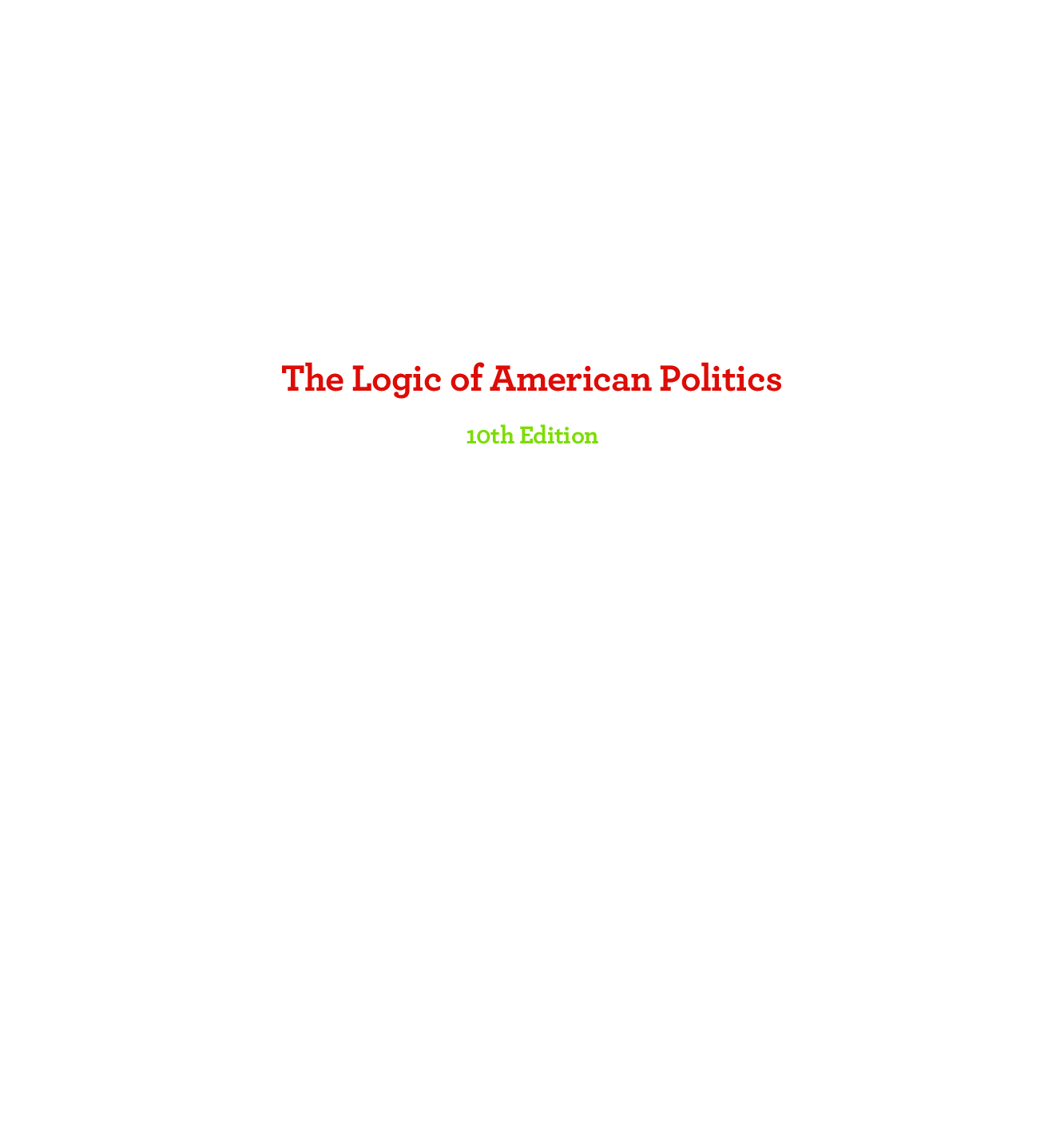
Reviews( 0 )
Document information
Connected school, study & course
About the document
Uploaded On
Sep 06, 2022
Number of pages
784
Written in
Additional information
This document has been written for:
Uploaded
Sep 06, 2022
Downloads
0
Views
75

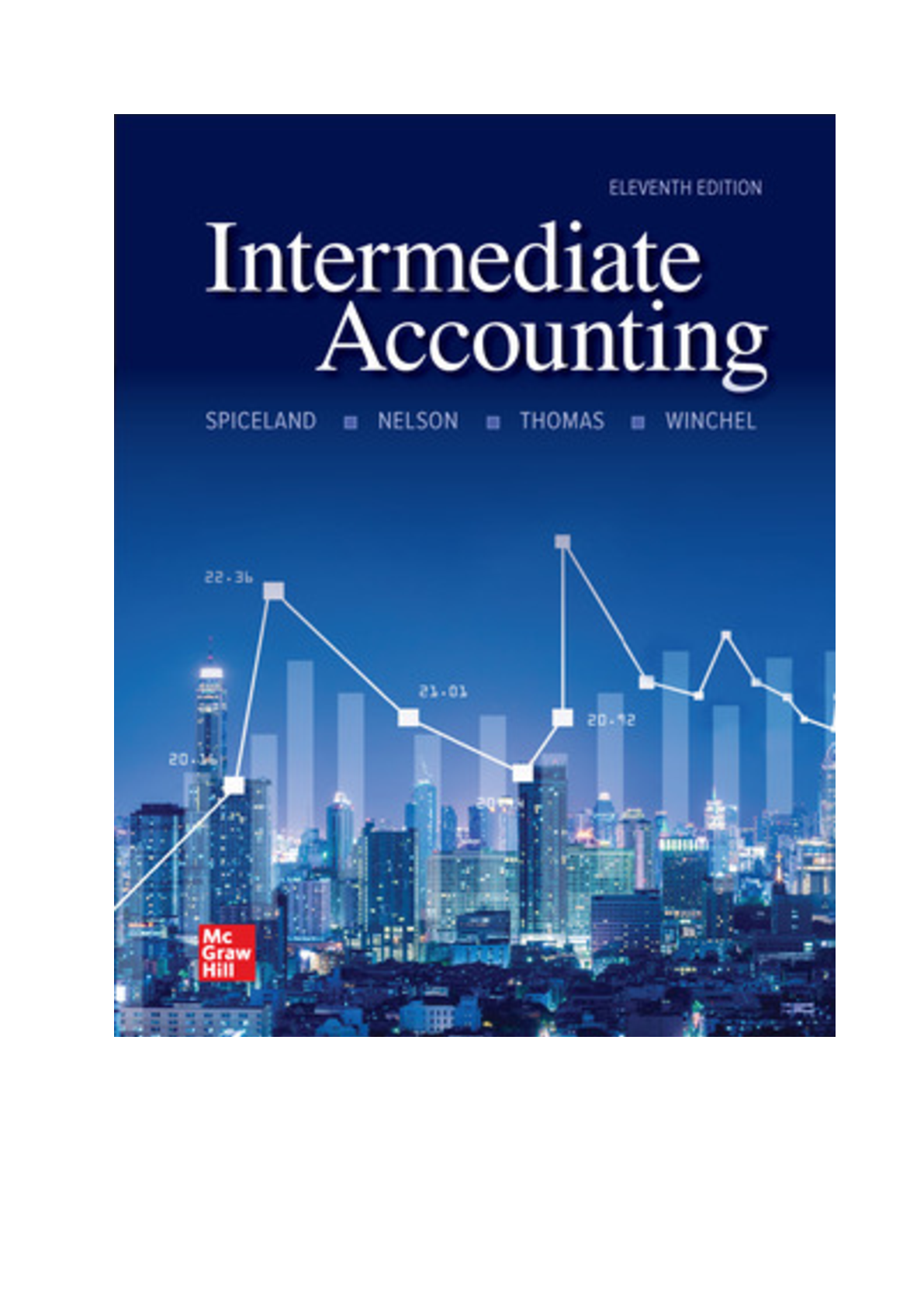
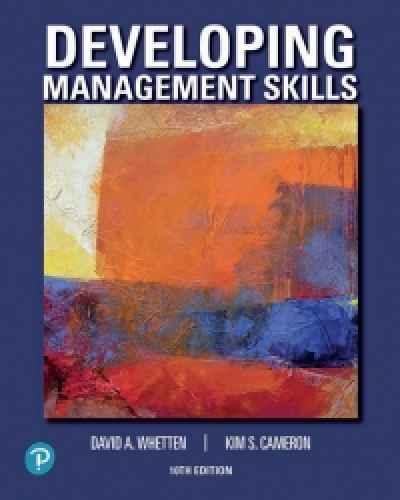
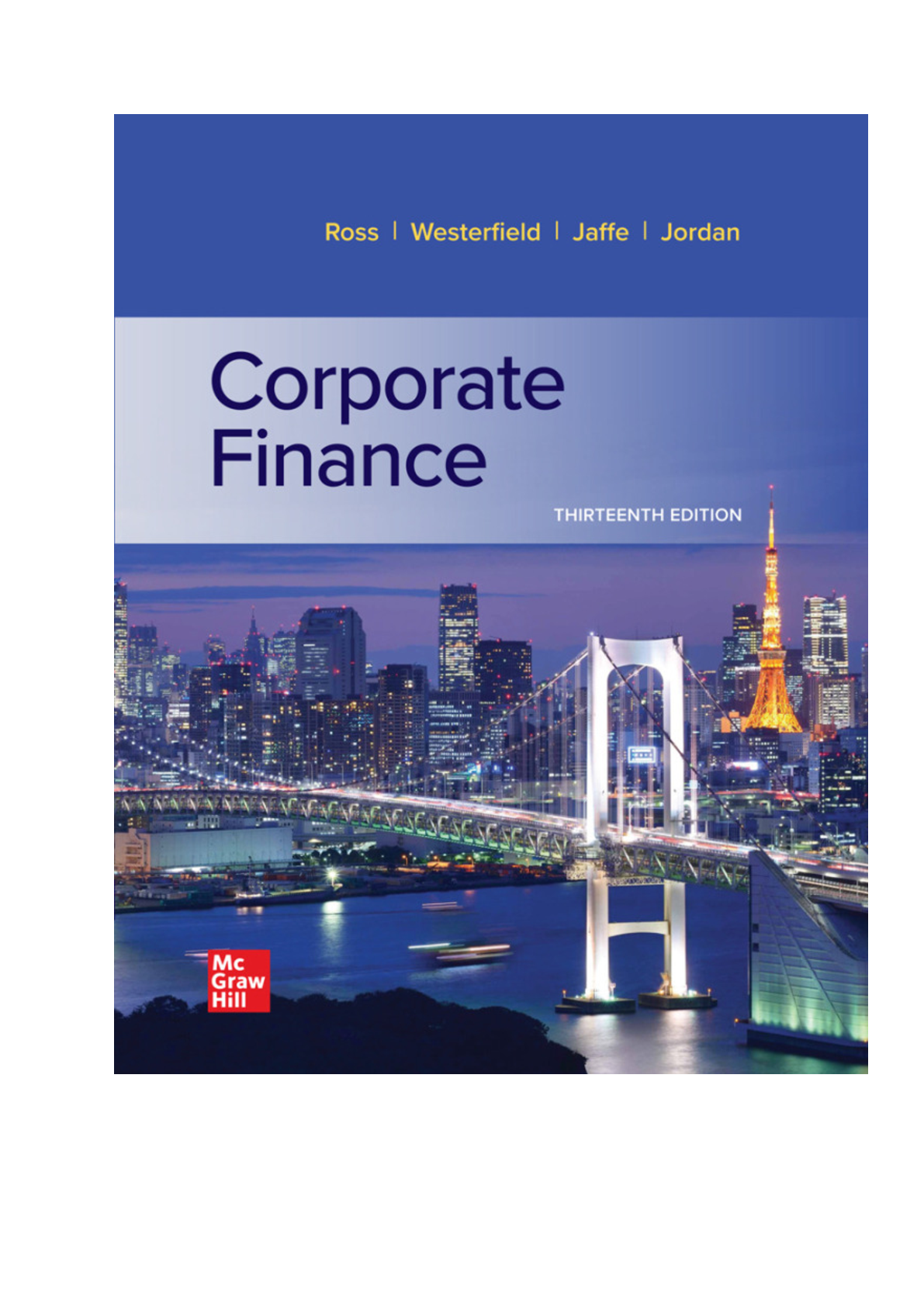



.png)
